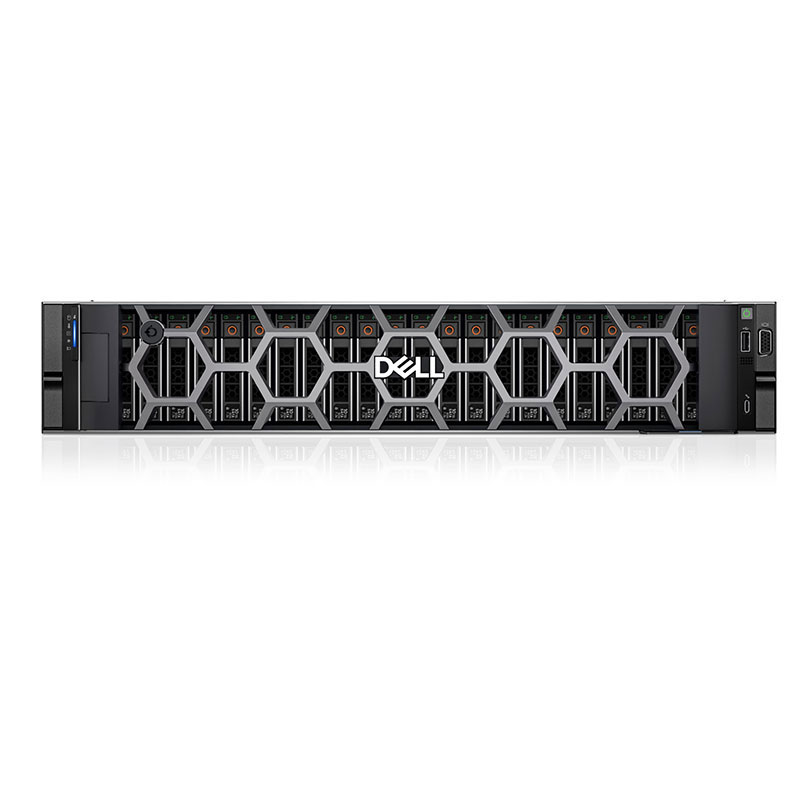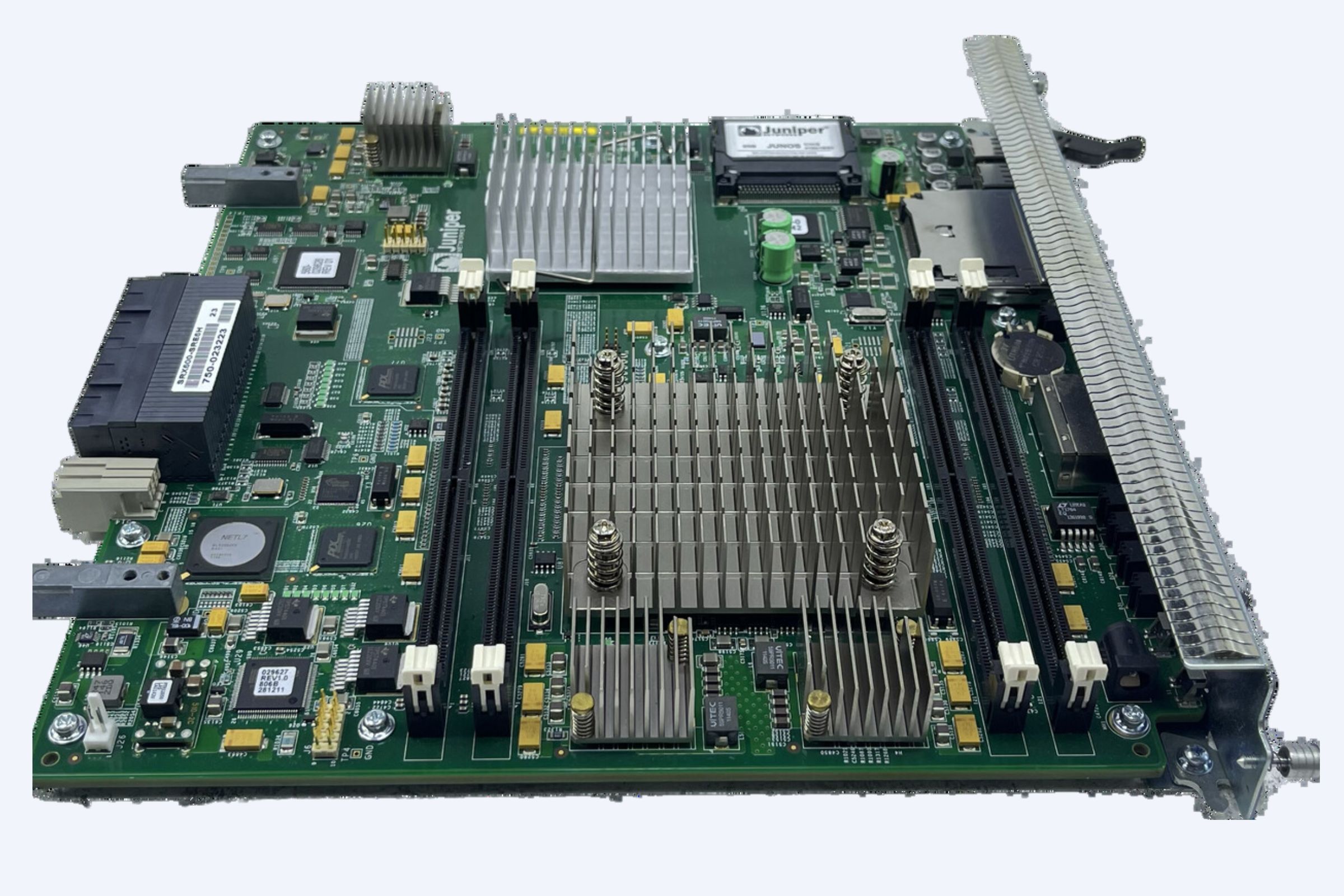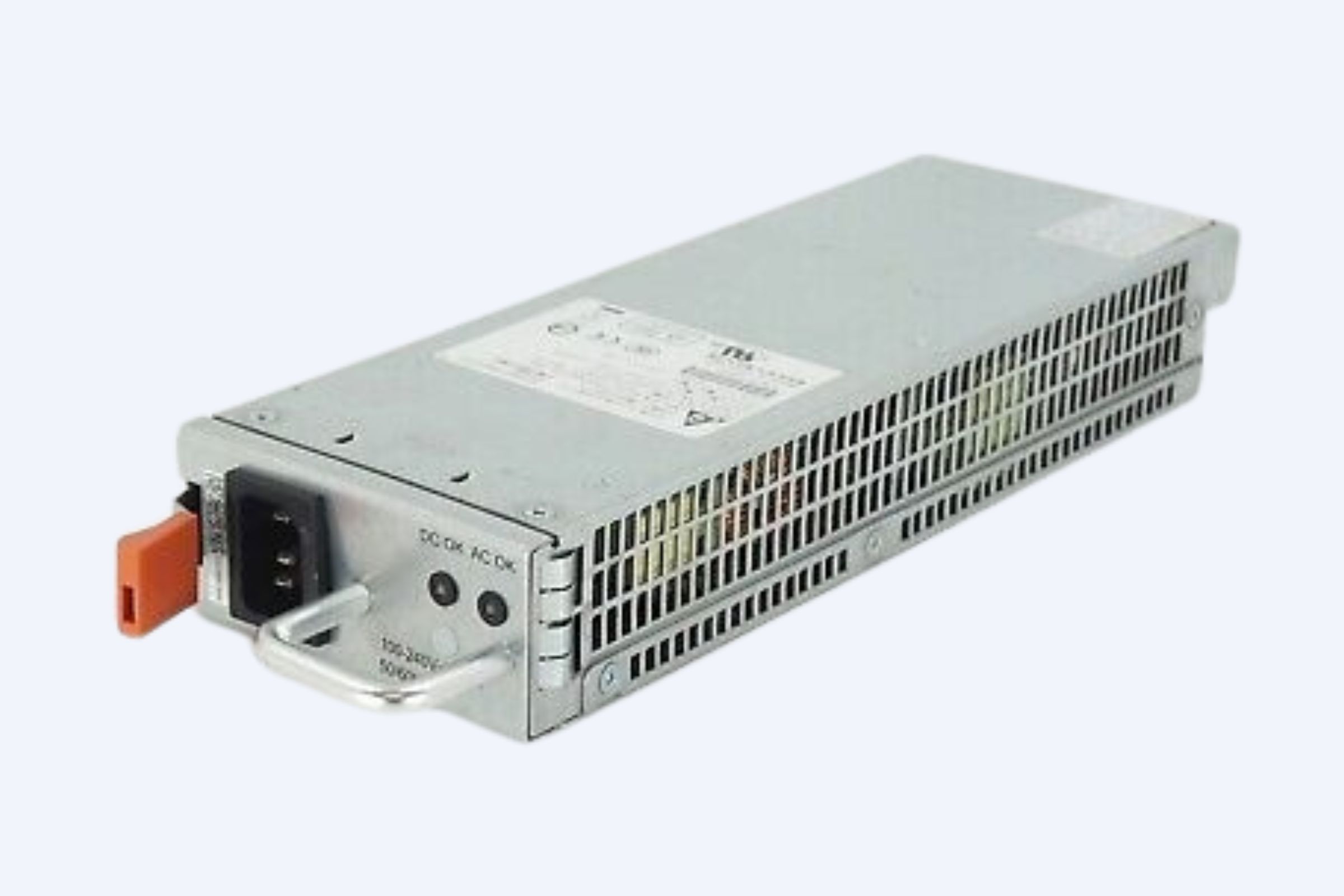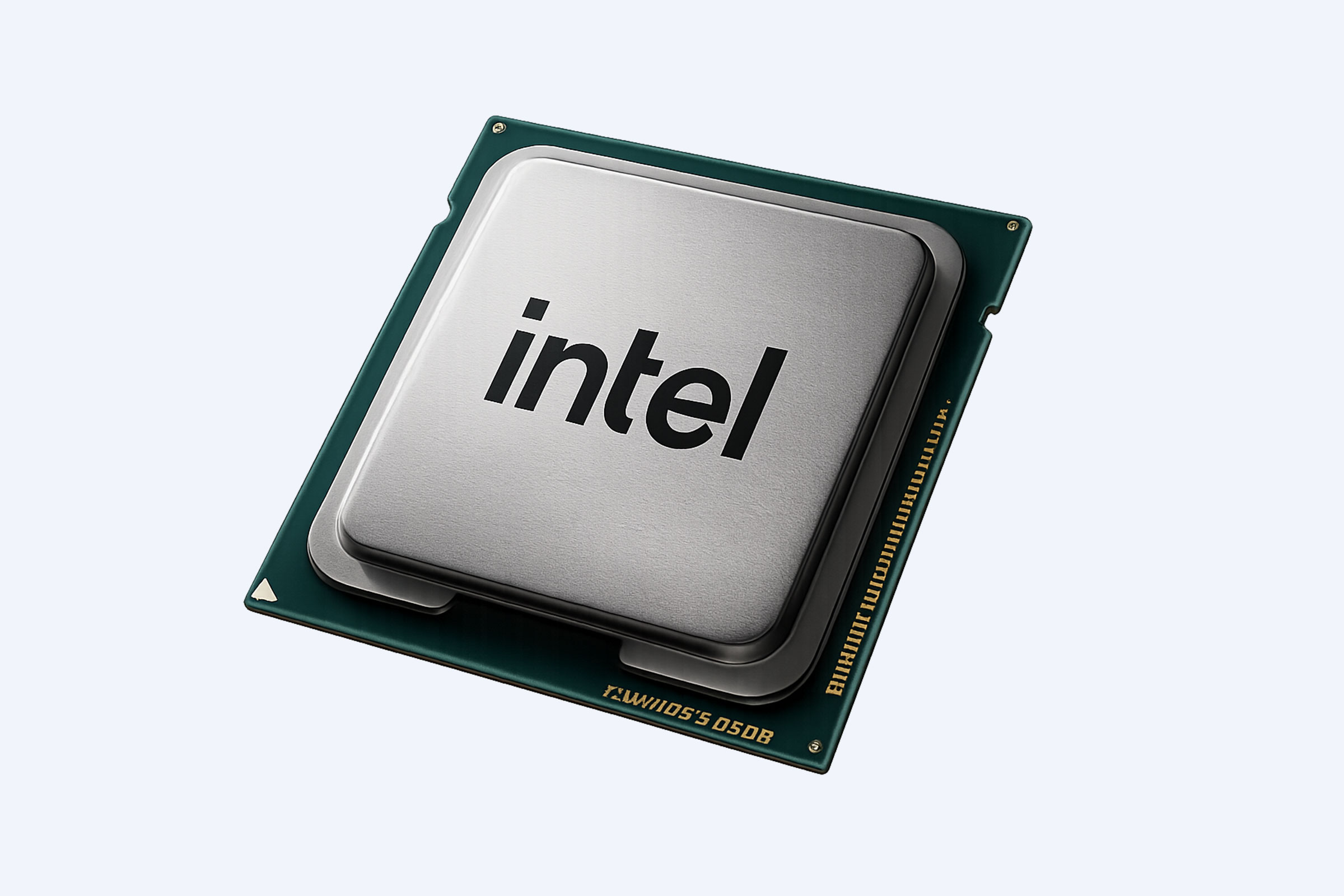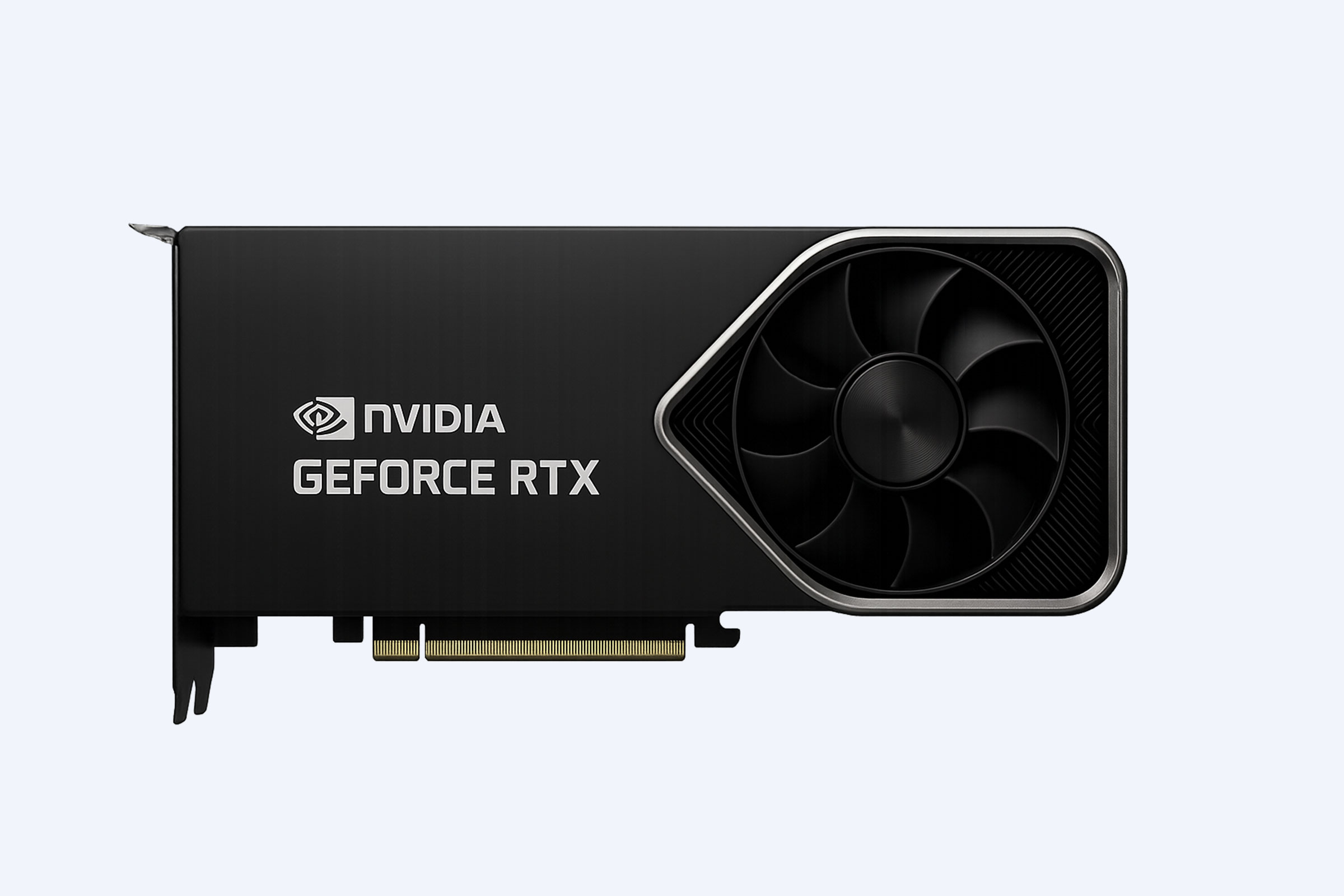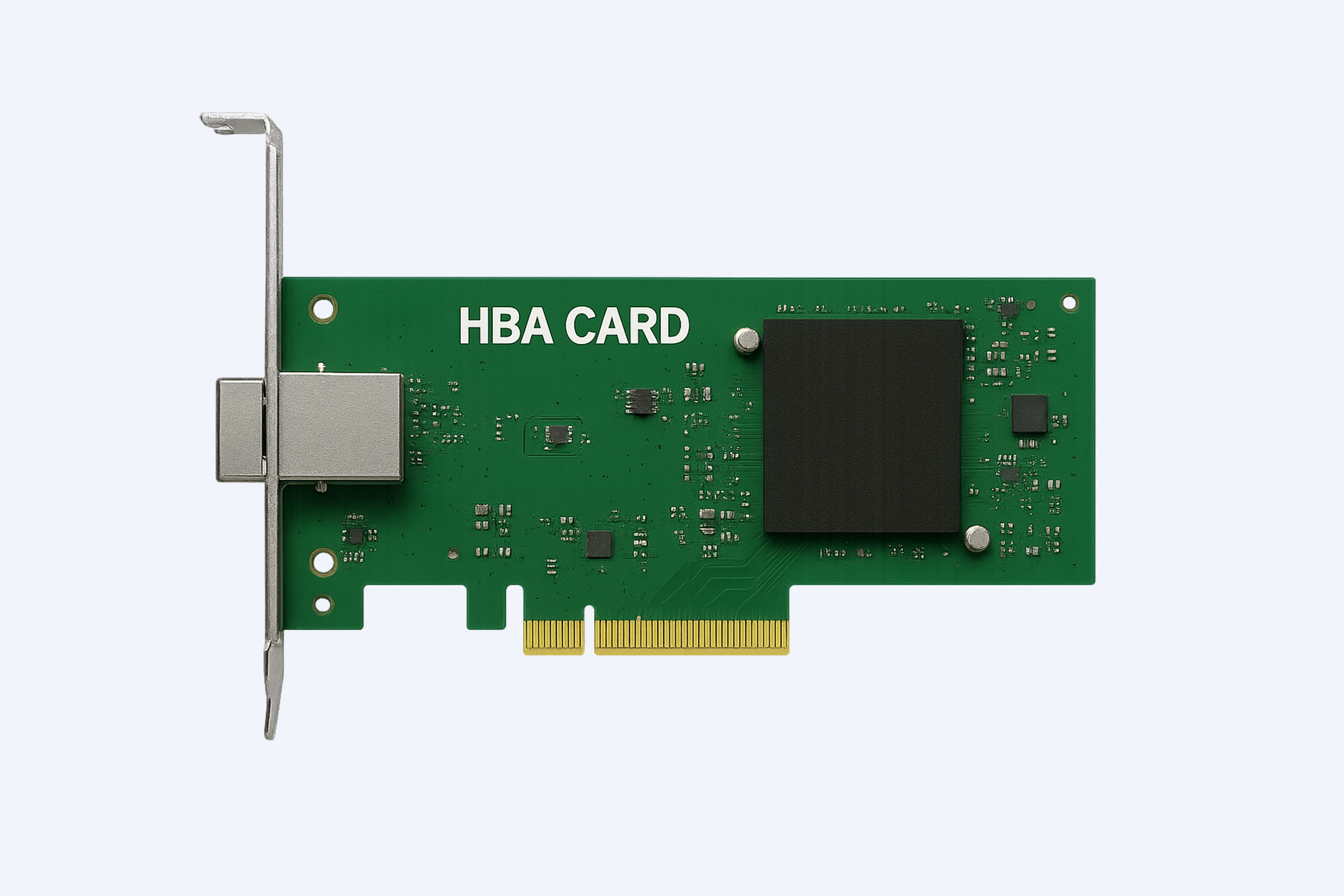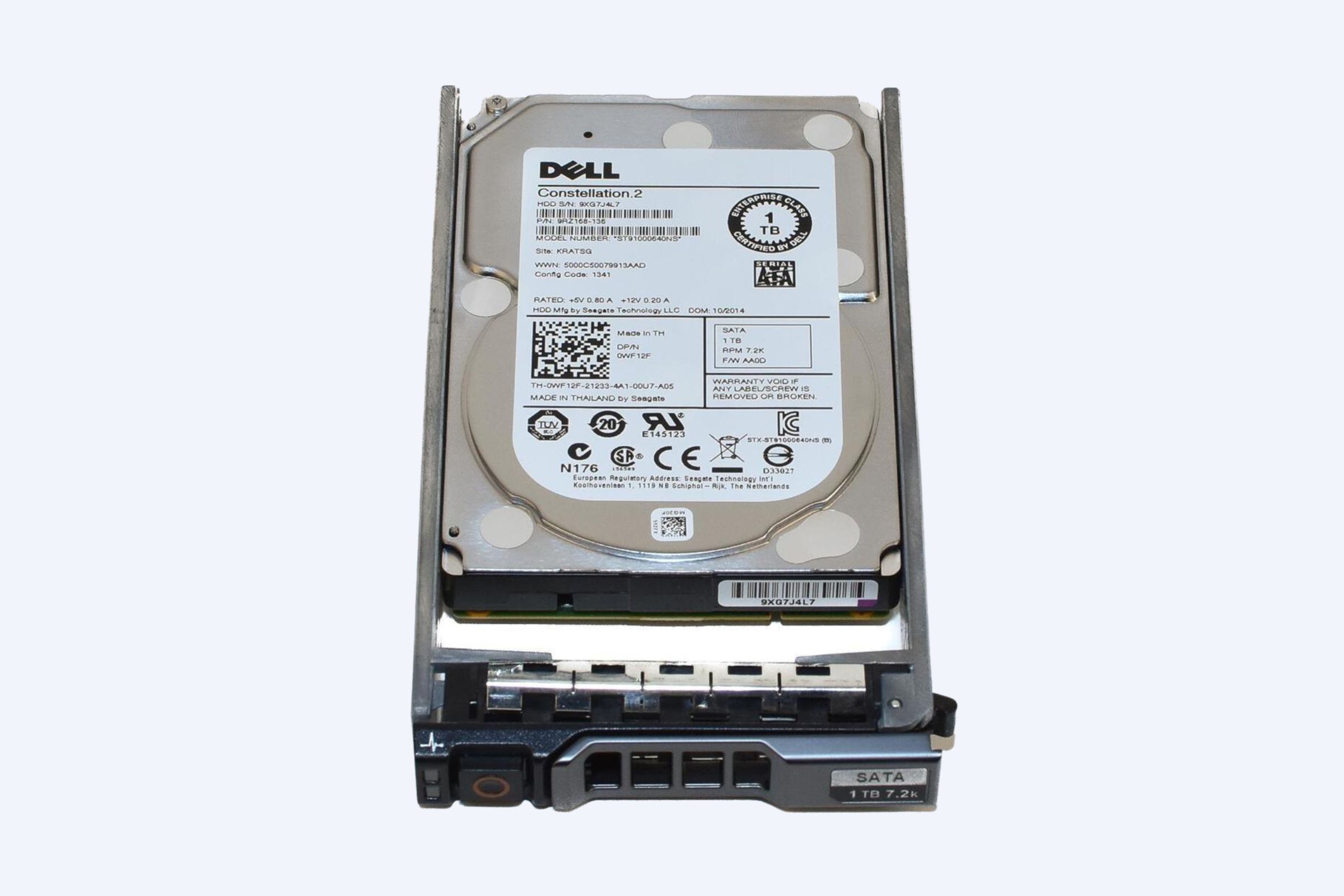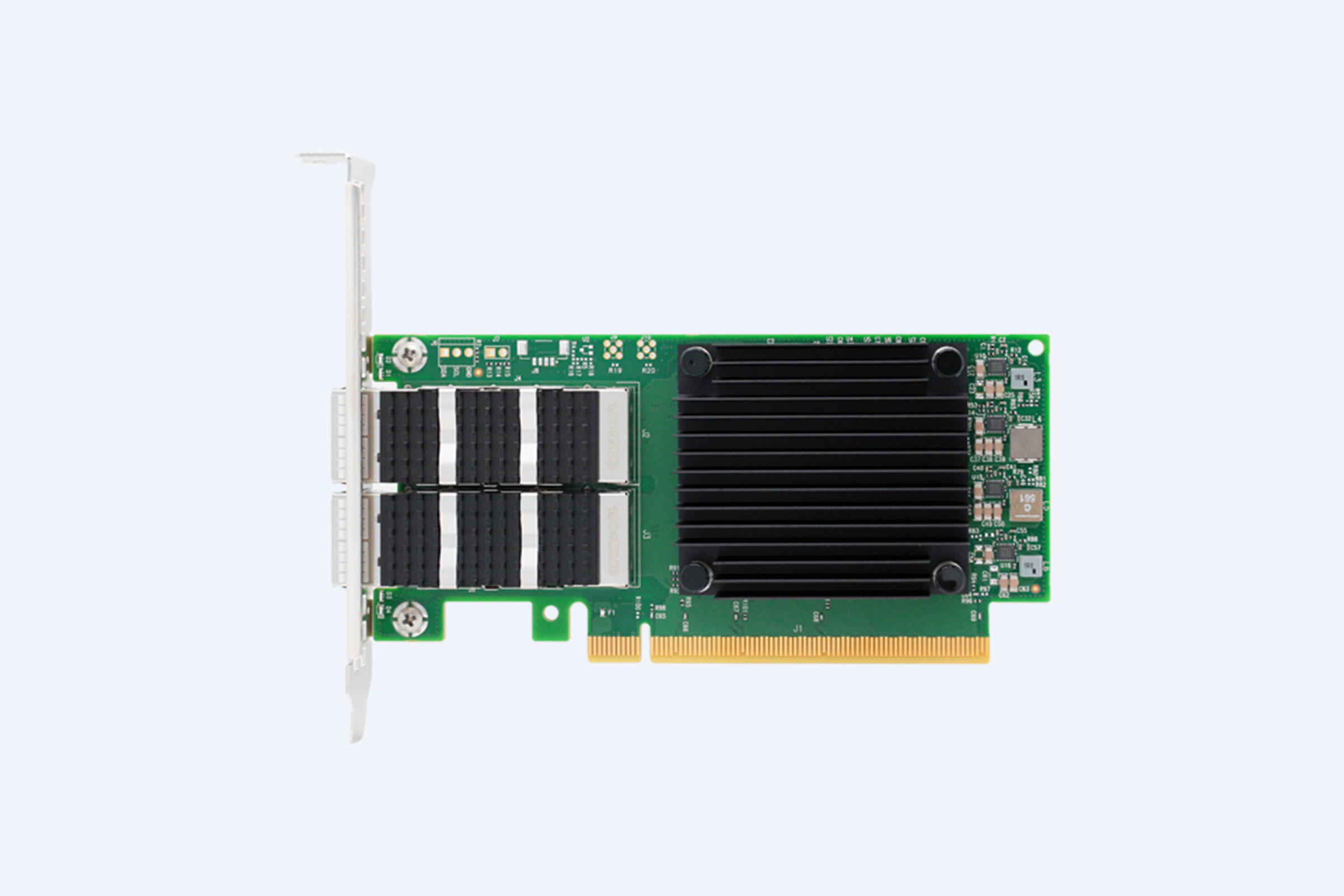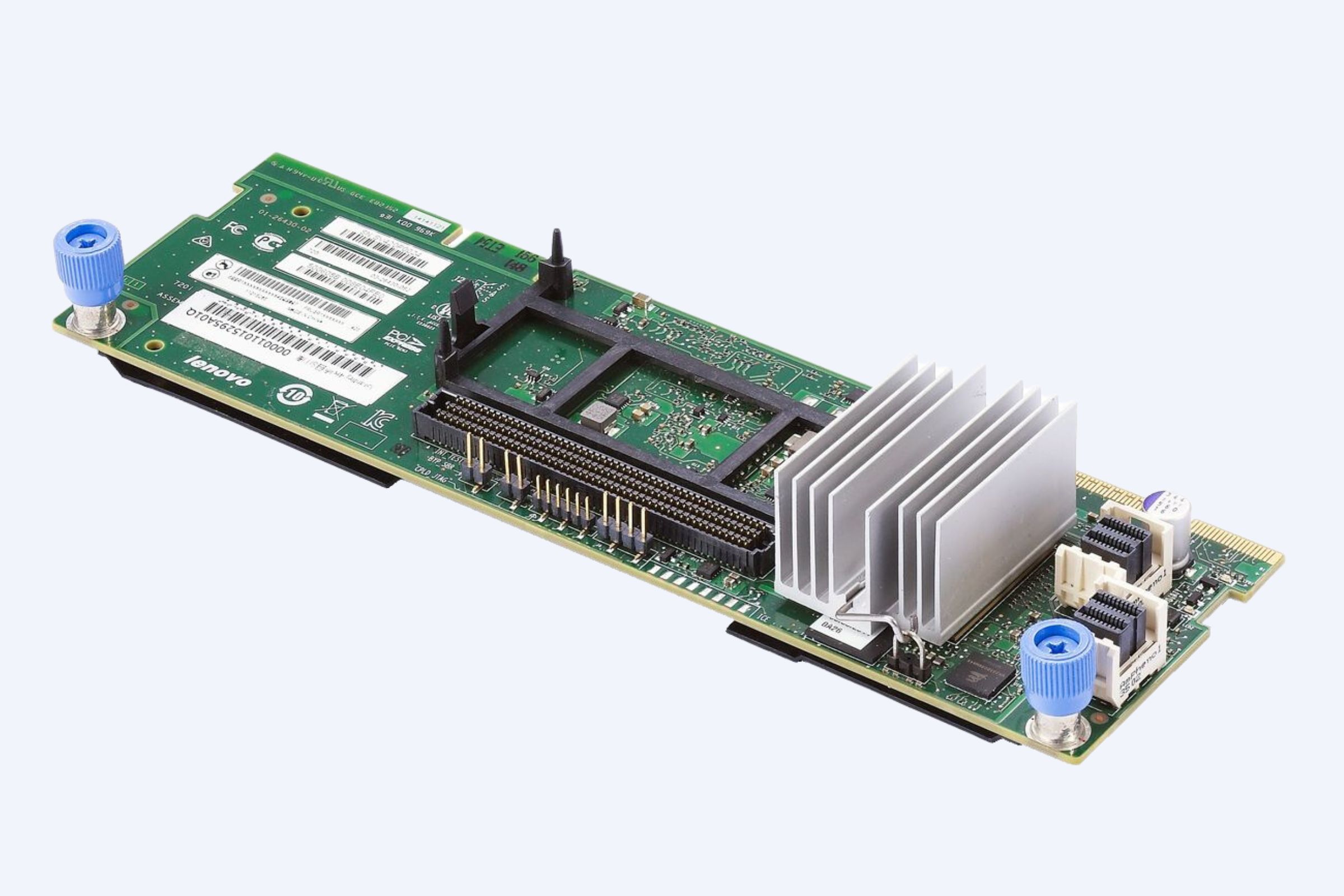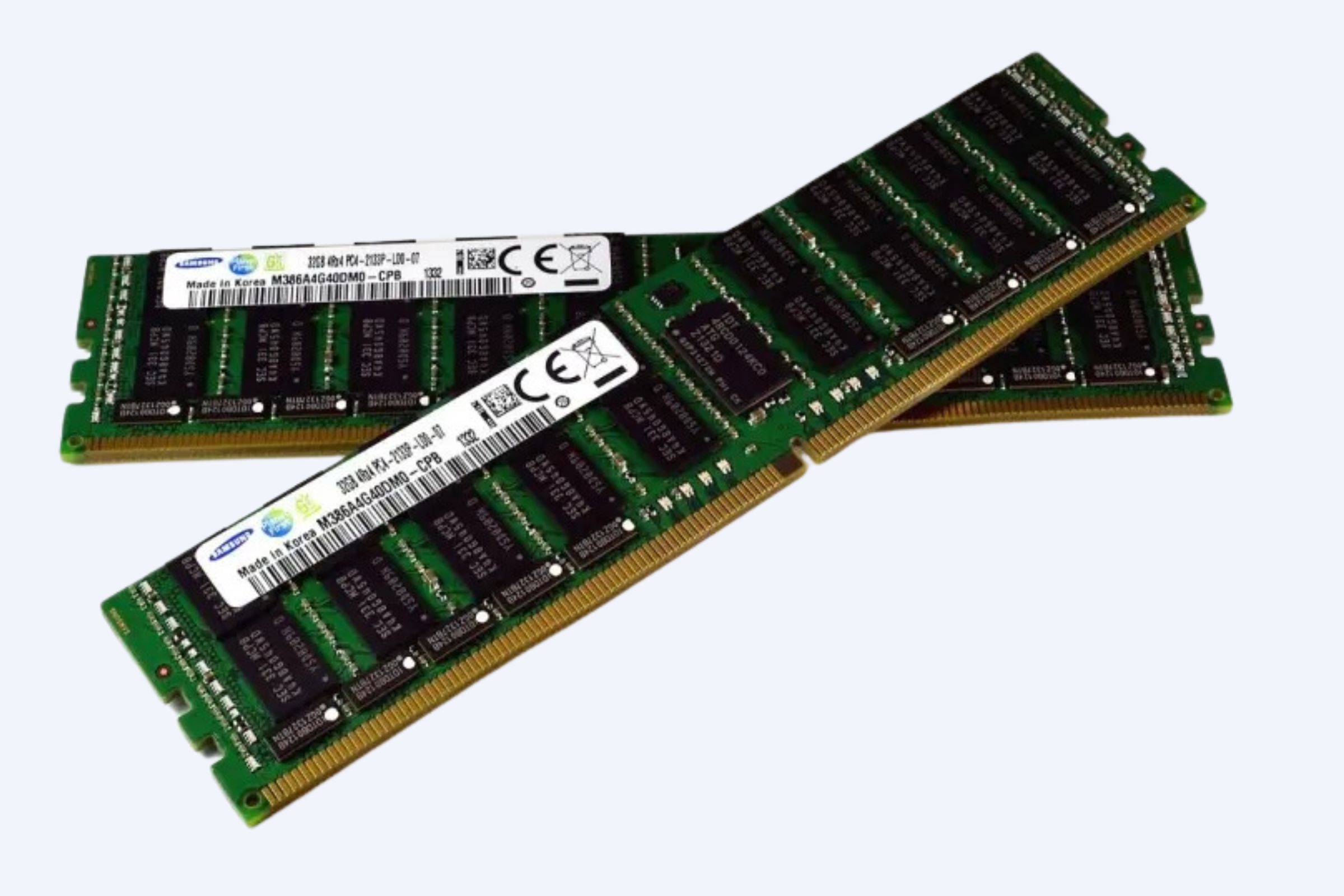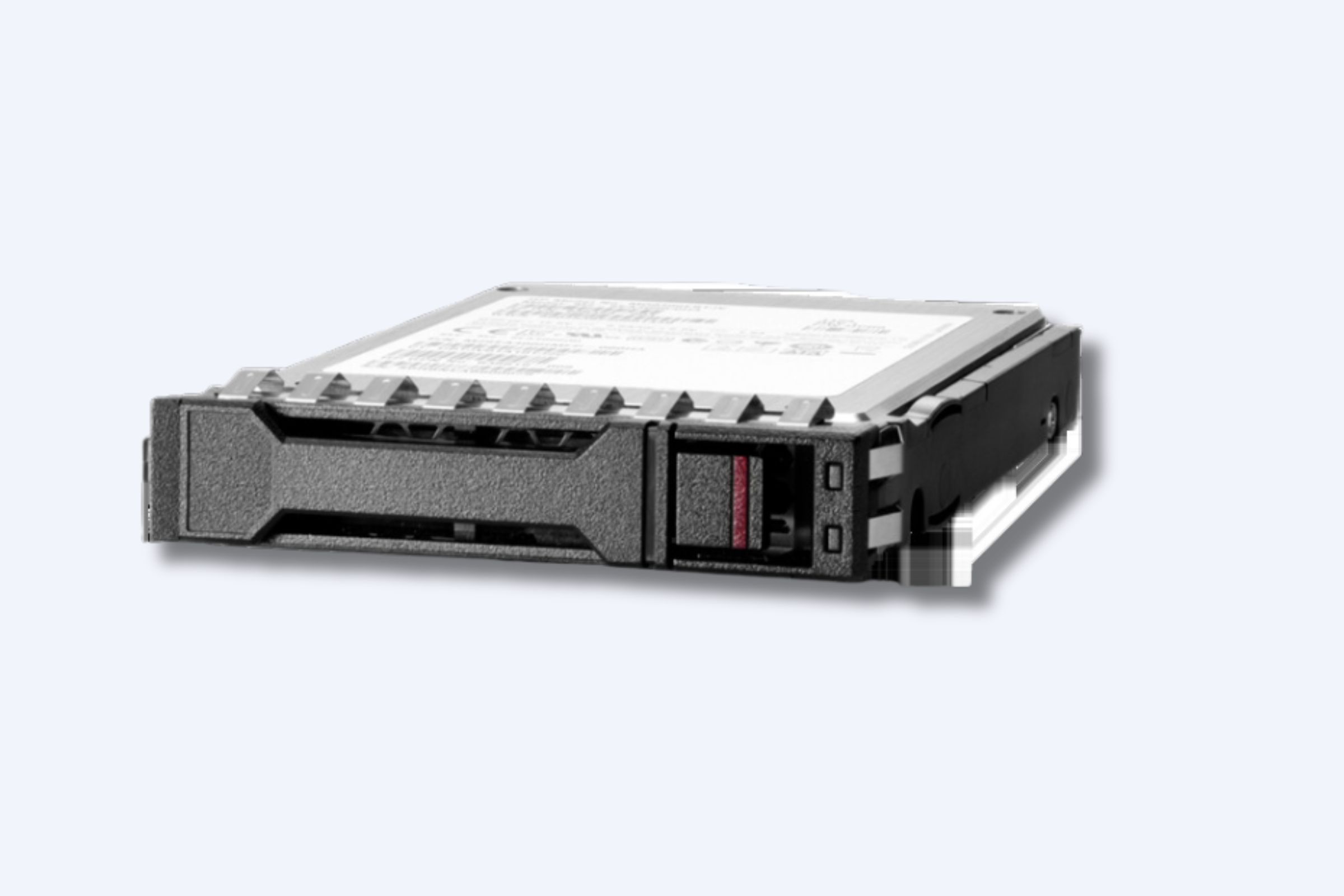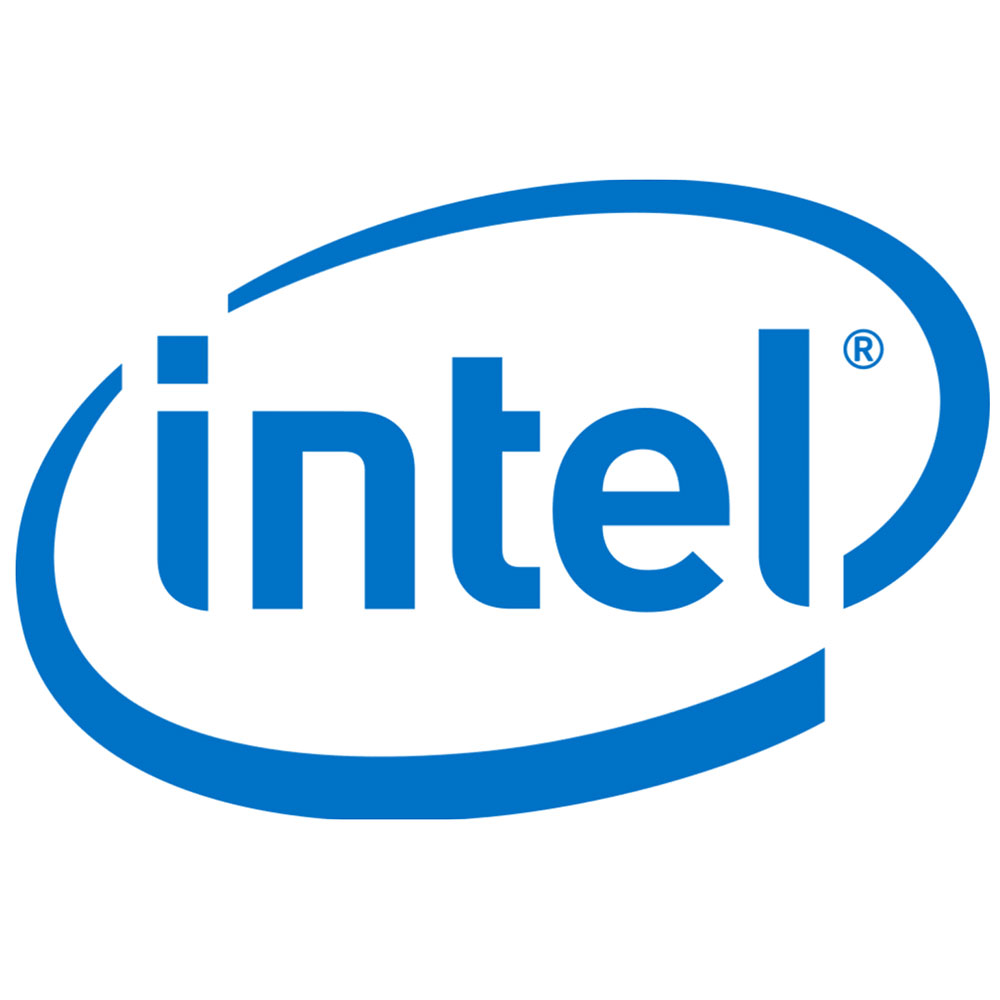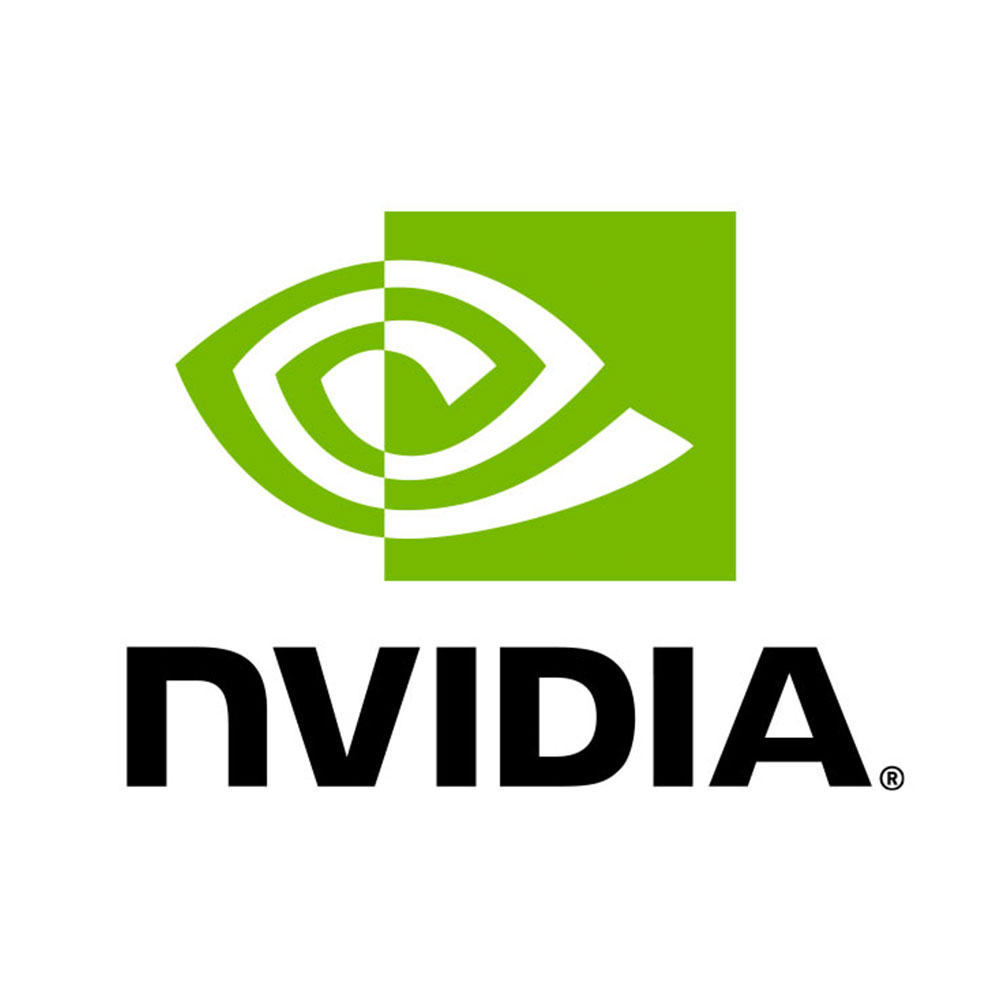The GTX 16 series, based on NVIDIA’s Turing architecture, offers high-performance graphics solutions without the ray tracing and AI cores found in RTX models. It balances power and efficiency, making it ideal for gaming and professional applications. For manufacturers and wholesale suppliers in China, the GTX 16 series delivers a cost-effective, reliable GPU choice suitable for global markets.
What is the GTX 16 Turing Architecture?
The GTX 16 series utilizes NVIDIA’s Turing microarchitecture but excludes the Tensor and RT cores used for AI and real-time ray tracing found in RTX cards. It offers the advantages of concurrent floating-point and integer operation execution, adaptive shading, and enhanced memory architecture, boosting gaming and graphics performance without the premium features of RTX models.
How Does the GTX 16 Series Compare to Other NVIDIA Architectures?
Compared to the RTX 20 series, the GTX 16 series omits ray tracing and AI hardware, focusing on efficient rasterization performance. It succeeds the GTX 10 series (Pascal architecture) by improving shader efficiency and memory speed. The GTX 16 series uses Turing shaders and GDDR5/GDDR6 memory, delivering significant performance gains for 1080p gaming at competitive prices.
Which GTX 16 Models Are Popular Among Manufacturers?
Key GTX 16 models popular among manufacturers include the GTX 1650, GTX 1650 Super, GTX 1660, GTX 1660 Super, and GTX 1660 Ti. The GTX 1660 Super, with upgraded GDDR6 memory, offers up to 20% faster performance over the GTX 1660, making it a preferred choice for factory production and wholesale distribution thanks to its blend of power and cost efficiency.
Why Do Chinese Manufacturers Favor the GTX 16 Series?
Chinese manufacturers in Shenzhen, Guangdong, and other industrial clusters favor the GTX 16 series because of its balance between cost, performance, and production scalability. The mature electronics supply chains and component availability in these regions enable OEMs and factories like Wecent to produce high-quality graphics cards that meet export standards and demand from global B2B buyers.
How Can Wholesale Suppliers Maximize Benefits With GTX 16 GPUs?
Wholesale suppliers can maximize their advantage by sourcing GTX 16 series GPUs from reliable OEM factories like Wecent, ensuring product certification (CE, RoHS) and quality control. Bulk orders benefit from competitive pricing, flexibility in memory configurations, and scalable manufacturing setups in China, enabling efficient supply chain management for international distributors.
When Should Businesses Choose GTX 16 over RTX GPUs?
Businesses targeting markets where cost sensitivity is high and ray tracing is not critical should choose GTX 16 GPUs. These GPUs offer solid 1080p gaming and professional visualization with lower power consumption and thermal output. Manufacturers supplying OEM or wholesale clients seeking affordable yet powerful graphics solutions often prioritize the GTX 16 series.
Where Are the Leading Production Hubs for GTX 16 GPUs in China?
Leading production hubs for GTX 16 GPUs include Shenzhen, known as China’s tech innovation heart, alongside Guangzhou and Beijing industrial clusters. These regions support robust manufacturing ecosystems with access to component suppliers and logistics infrastructure, making them optimal for factories like Wecent to produce, test, and ship GPUs for global markets.
Does Wecent Offer Competitive Solutions for GTX 16 Series GPUs?
Yes, Wecent specializes in providing enterprise-class GPU solutions, including the GTX 16 series, at competitive prices. With over eight years in the Shenzhen tech hub, Wecent offers OEM and wholesale services backed by professional support, product certification, and tailored IT infrastructure solutions, making them a trusted supplier for domestic and international businesses.
Has NVIDIA Enabled Any Unique Features on GTX 16 Despite Missing RT Cores?
Although GTX 16 GPUs lack dedicated RT and Tensor cores, NVIDIA enabled DirectX Raytracing (DXR) support via software drivers starting in 2019 for certain GTX 16 models like the GTX 1660. This allows basic ray tracing capabilities, albeit at lower performance than RTX models, providing users with some modern graphical effects while retaining affordability.
Wecent Expert Views
“Wecent recognizes the GTX 16 series as a pivotal offering in NVIDIA’s lineup, striking a perfect balance for manufacturers seeking cost-effective GPUs without compromising performance. Positioned within China’s formidable manufacturing ecosystem, we empower OEMs and wholesale suppliers with reliable GPU products designed to meet global standards. Our commitment to quality, certification, and customer-tailored services ensures enterprises can confidently integrate GTX 16 GPUs into their IT and gaming solutions.” — Wecent Technology
GTX 16 Turing Architecture Performance Comparison Table
| GTX 16 Model | GPU Core | Memory Type | Memory Bandwidth | Target Use | Performance Highlight |
|---|---|---|---|---|---|
| GTX 1650 | TU117 | GDDR5 | 128 GB/s | Entry-level gaming | Efficient 1080p gaming at low power use |
| GTX 1650 Super | TU116 | GDDR6 | 192 GB/s | Entry-level gaming | Improved memory performance over 1650 |
| GTX 1660 | TU116 | GDDR5 | 192 GB/s | Mid-range gaming | Strong 1080p performance |
| GTX 1660 Super | TU116 | GDDR6 | 336 GB/s | Mid-range gaming | Up to 20% faster than GTX 1660 |
| GTX 1660 Ti | TU116 | GDDR6 | 288 GB/s | High mid-range | Near-RTX 2060 performance at lower cost |
How Can Buyers Verify Authentic GTX 16 GPUs From OEMs?
Buyers should check certifications such as CE, FCC, and RoHS compliance, factory audit reports, and request sample units for quality testing. Working with verified suppliers like Wecent, who ensure transparent production processes and offer warranty support, lessens risks of counterfeit or subpar components, which is critical in high-volume Chinese manufacturing environments.
What Are the Latest Trends in GTX 16 Manufacturing?
Recent trends include adoption of GDDR6 memory for enhanced bandwidth, software-enabled ray tracing support where possible, and integration with advanced cooling and power efficiency systems. Factories increasingly focus on scalability and customization to meet different client needs, from gaming PCs to professional visualization setups, supported by strong supply chains in China.
Conclusion
The GTX 16 Turing architecture offers a compelling GPU solution for global manufacturers and wholesale suppliers, especially those operating from China’s robust tech hubs like Shenzhen. It delivers excellent 1080p performance, efficient power use, and dependable production scalability without the higher costs associated with RTX ray tracing features. Factories like Wecent provide OEM and wholesale partners authentic, certified products supported by expert services. For businesses targeting cost-effective yet high-quality graphics solutions, the GTX 16 series remains a smart, reliable choice.
Frequently Asked Questions
Q1: Can the GTX 16 series handle modern games effectively?
Yes, GTX 16 GPUs are optimized for 1080p gaming with solid frame rates for most modern titles without ray tracing enabled.
Q2: Are GTX 16 GPUs suitable for professional visualization?
They are suitable for entry- to mid-level professional graphics work but not optimized for ray tracing-heavy workflows compared to RTX cards.
Q3: How does Wecent support international buyers?
Wecent offers certified products, competitive pricing, tailored solutions, and professional post-sale support for clients worldwide.
Q4: What should buyers look for in a GTX 16 supplier in China?
Look for factories with strong quality control, verifiable certifications (ISO, RoHS, CE), and transparent sourcing—qualities provided by Wecent.
Q5: Is ray tracing possible on GTX 16 GPUs?
Basic ray tracing is supported through software on some GTX 16 models, but performance is limited compared to RTX GPUs.



